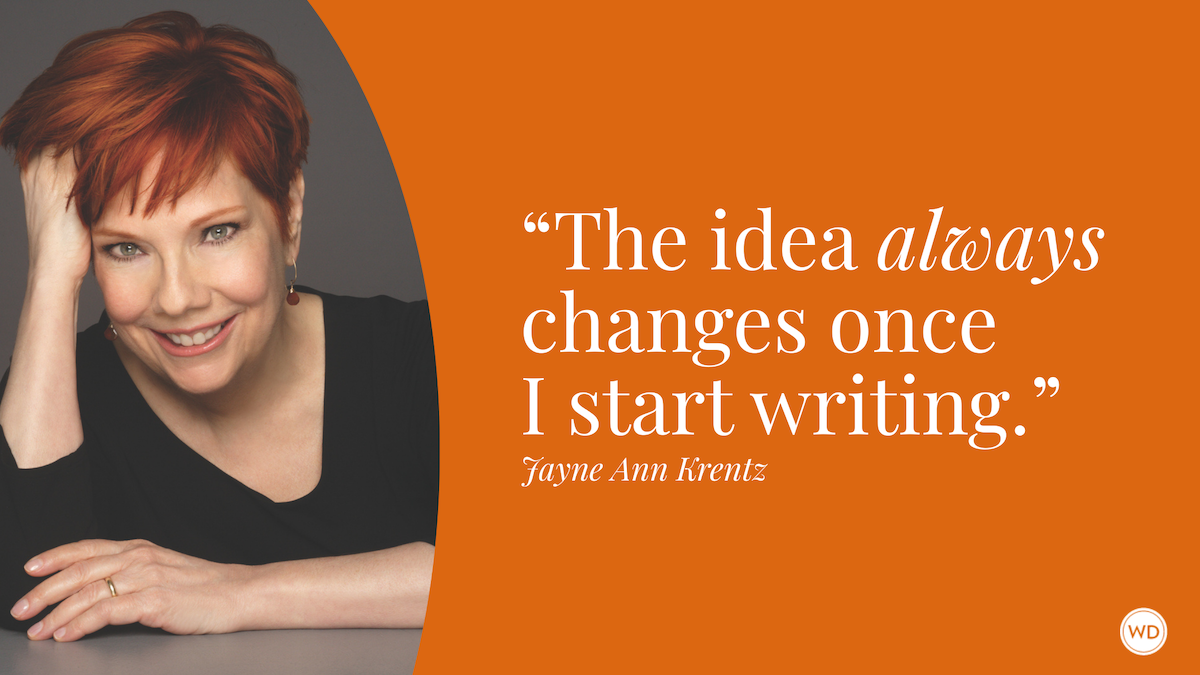10 Steps to the Past: How to Do World Building Right in Historical Fiction
There are many techniques that historical fiction writers employ to build believable worlds that existed in the past and still beckon to modern readers. Here is a peak at 10 techniques used by author Rebecca D’Harlingue and how she used them.
World building is often a topic of discussion among writers of historical fiction. Of course, writers of fantasy and science fiction must also build a world, but their hand is freer to invent. For historical fiction, the world that our characters populate must believably be one that actually existed in the past, and yet one into which the modern reader enthusiastically enters.
The historical part of my dual-timeline novel takes place during the 17th century in Spain and Mexico, a time and place with which many modern readers are not very familiar. The details I employed to paint a picture of the setting had to be connected to the thoughts and feelings, prejudices, fears, and doubts of the characters, in order to give my reader something to hold onto in this journey to the past.
There are many techniques that historical fiction writers employ to accomplish this. Here is a peak at which ones I used and how I used them.
*****
Whether history is a backdrop to your story or the focus of the story itself, this workshop will provide you with the tools to find the facts you need, organize the data in a functional manner, and merge that data seamlessly into your novel. You'll discover the appropriate level of historical data to include as a function of a particular writing goal, learn the definition of historical markers and how and where to unearth them, and uncover the tools to integrate history, research, and the fiction plot arc.
*****
1. Include a character's reaction to a physical situation.
An elaborate description of a dress style is personalized by the wearer's reluctance to don something so uncomfortable. The rumbling of a coach prevents rest and also hinders conversation with fellow passengers, causing the character to become overwhelmed by her own preoccupations.
2. Link a physical aspect of the setting to the character's reactions to it.
A description can be a path to broader issues of the time. A barren landscape can remind a character of a discussion of the country's economic problems. When a church building is described, it is remembered that it was built on a mosque, prompting the fictional observer to wonder about those who had gone before.
3. Show how specific cultural influences of the time explain characters' actions.
The literature or arts of a period can reveal common beliefs and assumptions. For example, I used the theater, particularly the "honor plays," to illustrate some of the attitudes of the time, and to prepare the reader for what, in our time, would be an unimaginable reaction of one of the characters to a catastrophic event.
4. Remember that the historical period of the novel is also the result of a prior one.
Just as we are products of our history, so too were those who inhabited other eras. Characters might have a particular interest in the writing, art, or customs of a previous time period. One of my characters is reading a book from the late 1400s, giving a historical context to the "present" of that part of the novel, giving it an anchor in time. An aspect of that book also foreshadows a discovery later in the novel.
5. Include an individual's concern with the larger questions of the day.
A character's interests can also be a means for giving a glimpse into the times. One of my characters delves into the history of Spain in the New World. He ponders the impact of what Spain has done since the century and a half since Columbus and writes of how it should be interpreted, and what effect it has had on the faraway lands' peoples.
His sincere desire to see the New World himself, and his ultimate inability to do so, as well as his increasing compassion for its inhabitants, provide an emotional attachment for the reader.
6. Employ diaries or letters for a direct connection with the reader.
Diaries reveal a person's innermost thoughts and feelings, uncensored by being uttered in the presence of others, thus providing an immediate conduit between the character and the reader. Similarly, letters are a way into the mindset of a character, although they differ from diaries in that they are meant for an audience, even if it is a very limited one. The content and tone of a letter can offer a glimpse into the attitudes of both the sender and the recipient.
7. Reveal the atypical thoughts of your characters.
People are more than just symbols of their time. A character does not have to represent all people at that time and place, and like now, there must have been a range of opinions, even in a period when individuals might not freely express them. Although there are general attitudes and beliefs, any human will at times at least wonder about their validity. At the same time, a writer must be careful not to stray into the anachronistic. For example, if one of my characters thought about something that was unorthodox, they might also wonder whether it would be considered heretical.
8. Specify repercussions for those who defied the prevailing beliefs.
What were the consequences for those who went against the prevailing mores? To what extent does fear of punishment influence behavior? In my novel, honor is of paramount importance for one of my characters. It is easily threatened, and losing it would bring about not only public shame, but a destruction of personal identity. For those who even tangentially question the teachings of the Catholic Church, the Inquisition is omnipresent, and extreme in its wrath.
9. Interweave questions and hints about what is to come in the novel.
An unexplained deathbed utterance or a vague mention of a character's horrific demise will keep the reader going, in search of an explanation. This shouldn't be overdone, or the reader will become frustrated, and the answer must always ultimately be revealed.
10. Incorporate universal human ordeals.
This is present in all good stories. Whether it is the pain at the loss of a loved one, the disappointment at the dying of a dream, or the struggles of those who are treated unjustly, a person from any time period can empathize.
Make a link for the reader to the past. Though the circumstances of those from your time period may have been vastly different, the reader can connect, and wonder how they would have existed in such a world.
Rebecca D’Harlingue has done graduate work in Spanish literature, worked as a hospital administrator, and taught English as a Second Language to adults from all over the world. She shares her love of story both with preschoolers at a Head Start program and with the members of the book club she has belonged to for decades. D’Harlingue lives in Oakland, California, with her husband, Arthur, where they are fortunate to frequently spend time with their children and grandchildren. The Lines Between Us is her first novel.









